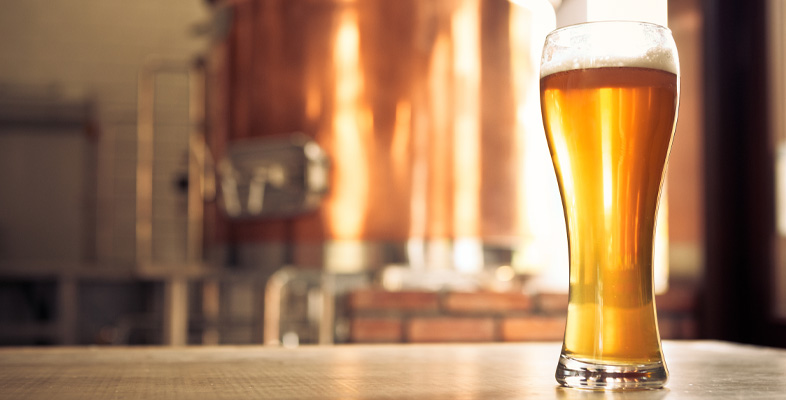3.2.2 Boiling and distillation
As you can see, use of reverse osmosis requires specialist equipment, so might not be feasible for the small-scale brewery. One very simple technique which could be used to remove the alcohol from the beer is to use the principle of distillation that you will meet in more detail in Week 6.
Distillation allows alcohol to be separated from water (and hence the other components of the beer) by using the fact that ethanol has a lower boiling point than water. Knowing the difference between the two, brewers can heat the fermented beer to the boiling point of ethanol – but below the boiling point of water – until the desired amount of alcohol is removed.
The problem with heating beer in this manner, however, is that it affects flavour. Volatile compounds contributing to the flavour of the beer (for example the hop alpha acids) will also be lost along with the ethanol. In order to mitigate this, some brewers practice a third method for alcohol removal: vacuum distilling.
